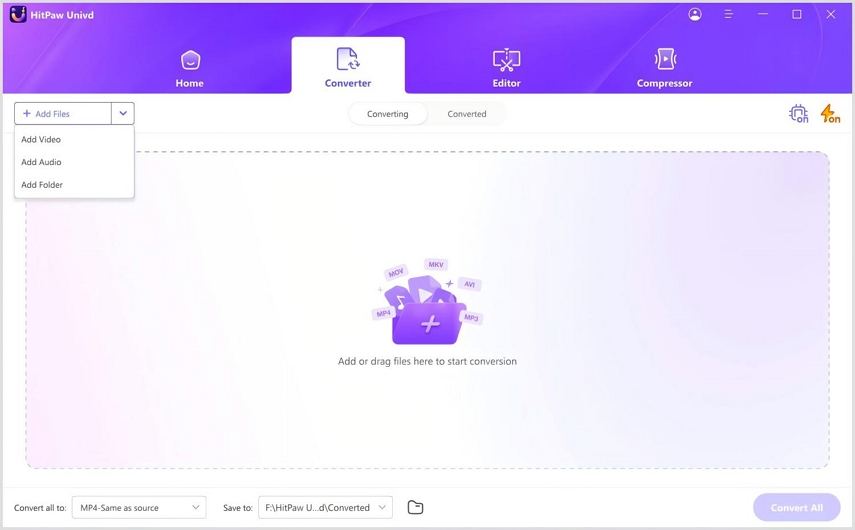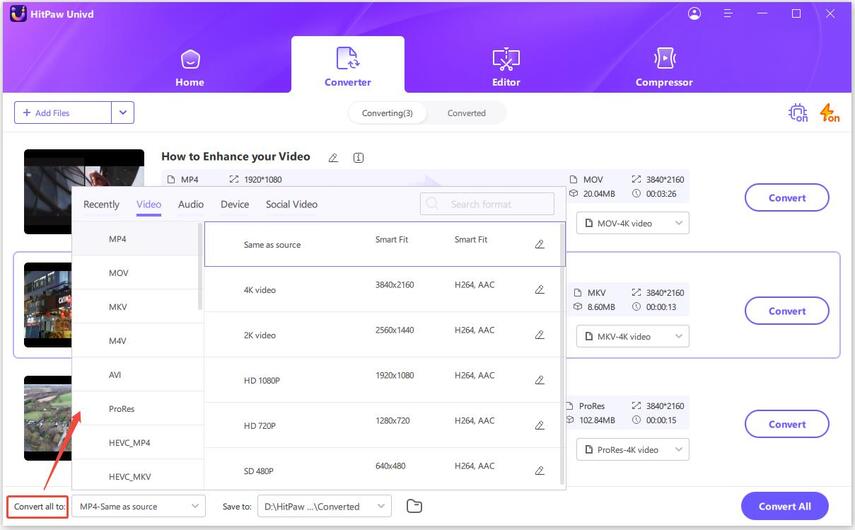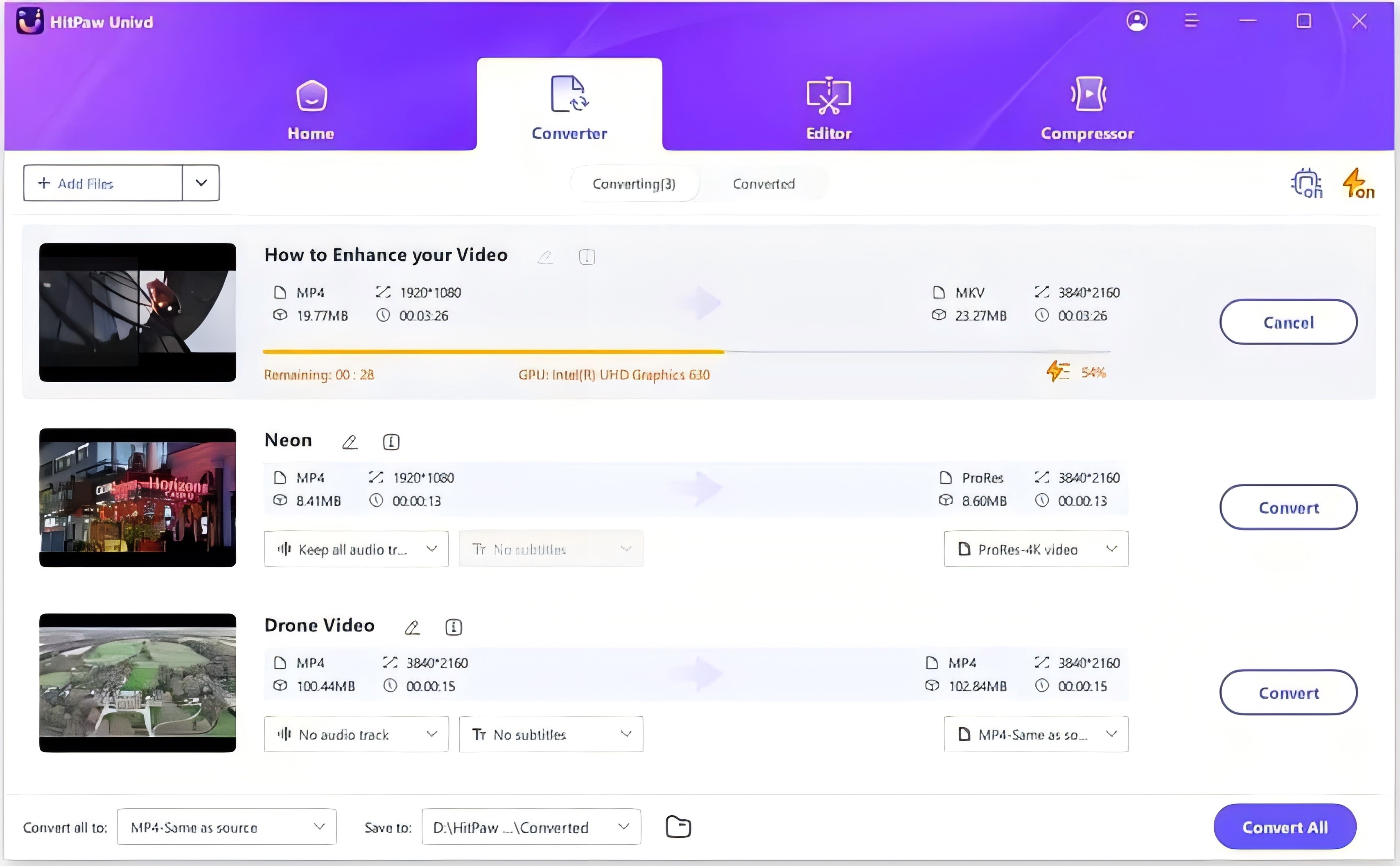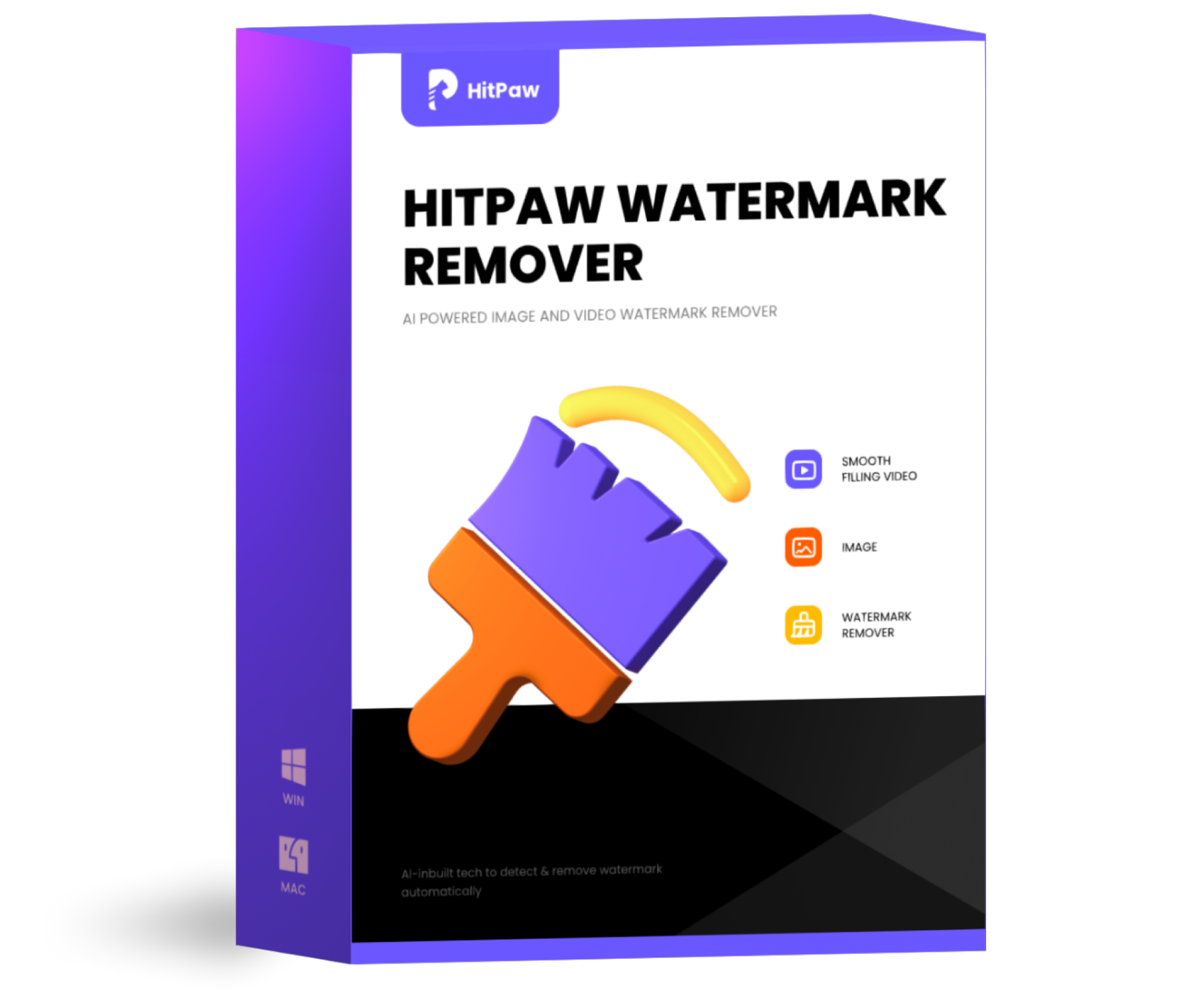An Effective MPEG-2 Decoder You Should Know
Camcorders have become ubiquitous tools for capturing life's moments in vivid detail. Now, if you're seeking an MPEG-2 decoder to handle your video files, this guide has you covered. Explore the realm of video decoding and discover an effective MPEG-2 decoder to effortlessly convert your MPEG files to other compatible video formats. Dive in and unlock the full potential of your video content.
Part 1. What Is MPEG-2?
MPEG-2, short for Moving Picture Experts Group-2, is a widely used video compression standard developed by the MPEG group. It is commonly employed for encoding and compressing digital video content, particularly for DVD-Video and digital television broadcasting.
Main Features of MPEG-2
- High Compression Efficiency: MPEG-2 achieves efficient compression of video data while maintaining relatively high video quality, making it suitable for various applications.
- Scalability: It supports scalability, allowing for the transmission of video content at different resolutions and bitrates to accommodate various display devices and network bandwidths.
- Interlacing Support: MPEG-2 supports interlaced video, a technique used to improve motion portrayal in video content by alternating scan lines between even and odd fields.
- Standardized Format: MPEG-2 is an internationally recognized standard, ensuring compatibility and interoperability among different devices and software applications.
- Widespread Adoption: Due to its versatility and efficiency, MPEG-2 has been widely adopted in various industries, including broadcasting, home entertainment, and digital video distribution.
Why We Need a MPEG-2 Decoder
An MPEG-2 decoder is essential for decoding and playback of MPEG-2 encoded video files, which are commonly used in digital television, DVDs, and various online video formats. Without a decoder, devices and software applications cannot interpret or display MPEG-2 video content correctly. This makes having a reliable MPEG-2 decoder crucial for accessing and utilizing MPEG-2 video across diverse platforms and devices, ensuring seamless video playback and high-quality viewing experiences. Furthermore, a good MPEG-2 decoder optimizes the video quality and playback efficiency, making it an indispensable component in the digital media ecosystem.
Part 2. Best MPEG-2 Decoder to Convert MPEG-2 to Others - HitPaw Univd (HitPaw Video Converter)
For users looking to convert their MPEG-2 files to other formats, HitPaw Video Convert stands as a reliable choice. HitPaw Univd supports a wide range of output formats and a hassle-free converting experience.
Why Choose HitPaw Univd to Convert MPEG-2 to Others
- HitPaw Univd maintains the original quality of the file and provides high-quality outputs.
- HitPaw Univd supports a wide range of output formats, making it compatible with various platforms.
- HitPaw Univd consists of a user-friendly interface, making navigation easy for users of all skill levels.
- HitPaw Univd provides high-speed conversions, saving its users their precious time.
- HitPaw Univd supports bulk conversions by allowing its users to convert multiple files at the same time.
Steps to Convert MPEG-2 to Others
Step 1 —Navigate to the download butoon of HitPaw Univd and download it. Install HitPaw Univd on your computer and then open it.
Step 2 —Click on the “Add Files” button and import the MPEG-2 files you want to convert.

Step 3 —Select the output format you desire from the dropdown menu. Make adjustments to the settings such as resolution and bitrate.

Step 4 —Select the destination folder and click on the “Convert” button to let the conversion begin.

Step 5 —Look for the converted file in the designated folder once the conversion is completed.
Part 3. Pro-Tips. How Does MPEG-2 Decoder Work?
Understanding how a MPEG-2 decoder operates is essential for effectively handling MPEG-2 encoded video files. Unlike a converter, which converts video from one format to another, a decoder focuses on interpreting and decoding the compressed video data within the MPEG-2 format.
When a MPEG-2 encoded video file is played back, the decoder first receives the compressed video data. It then begins the process of decompression, also known as decoding, to reconstruct the original video frames. This process involves several key steps:
- 1. Parsing:The decoder parses the MPEG-2 bitstream, extracting essential information such as frame headers, motion vectors, and coding parameters.
- 2. Variable-Length Decoding (VLD):In this step, the decoder decodes variable-length encoded data, such as Huffman codes, to retrieve quantized coefficients and other encoded information.
- 3. Inverse Quantization:The decoder performs inverse quantization to reverse the quantization process applied during encoding, restoring the quantized coefficients to their original values.
- 4. Inverse Discrete Cosine Transform (IDCT):Following inverse quantization, the decoder applies inverse discrete cosine transform to convert the frequency-domain coefficients back into spatial domain pixel values.
- 5. Motion Compensation:If the MPEG-2 video employs inter-frame compression, motion compensation is used to predict the current frame's content based on motion vectors and reference frames.
- 6. Frame Reconstruction:Finally, the decoder assembles the decoded video data into complete frames, ready for display on the screen.
By following these steps, a MPEG-2 decoder effectively reconstructs the original video frames from the compressed MPEG-2 data, ensuring smooth playback and accurate representation of the video content. Understanding the inner workings of a MPEG-2 decoder can help users troubleshoot playback issues, optimize decoding performance, and enhance their overall multimedia experience.
Part 4. FAQs of MPEG-2 Decoder
Q1. What are the advantages of MPEG-2?
A1. MPEG-2 offers several advantages, including high compression efficiency, scalability, interlacing support, standardized format, and widespread adoption. These features make MPEG-2 suitable for various applications such as DVD-Video, digital television broadcasting, and digital video distribution.
Q2. Why is MPEG important in multimedia?
A2. MPEG, including MPEG-2, plays a crucial role in multimedia due to its efficiency in compressing and encoding digital video content. It enables the creation, distribution, and playback of high-quality video across different platforms and devices. Additionally, MPEG standards ensure compatibility and interoperability, allowing multimedia content to be accessed and shared seamlessly. Therefore, MPEG is essential for delivering a rich multimedia experience to users worldwide.
Conclusion
In conclusion, understanding MPEG-2 and the role of a decoder is crucial for efficiently handling video files encoded in this format. With its reliable performance and user-friendly interface, HitPaw Univd emerges as a valuable tool for seamlessly decoding MPEG-2 files and accessing their content effortlessly.
Simplify your multimedia tasks and enhance your video playback experience with HitPaw Univd.









 HitPaw VikPea
HitPaw VikPea HitPaw Watermark Remover
HitPaw Watermark Remover 

Share this article:
Select the product rating:
Daniel Walker
Editor-in-Chief
My passion lies in bridging the gap between cutting-edge technology and everyday creativity. With years of hands-on experience, I create content that not only informs but inspires our audience to embrace digital tools confidently.
View all ArticlesLeave a Comment
Create your review for HitPaw articles